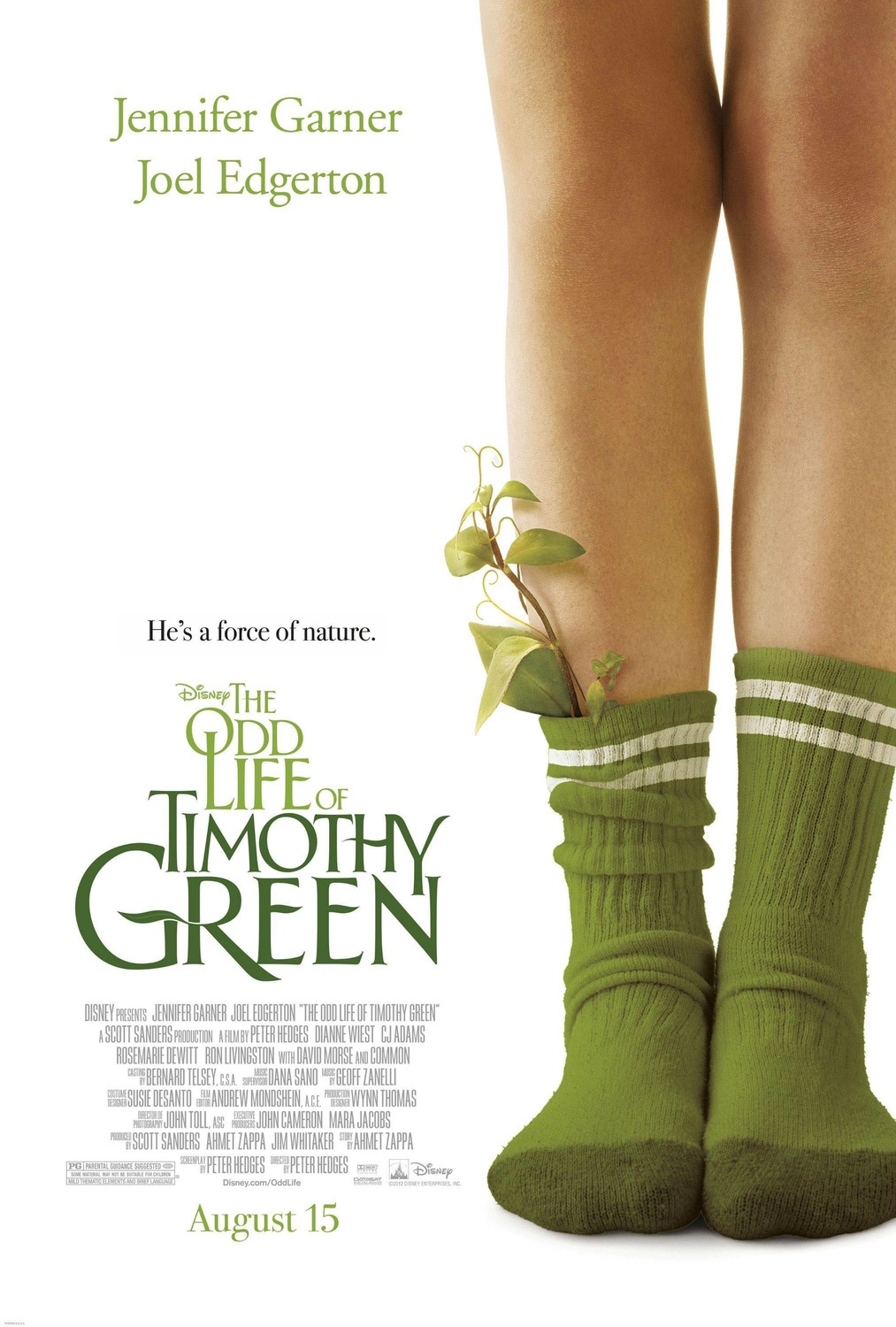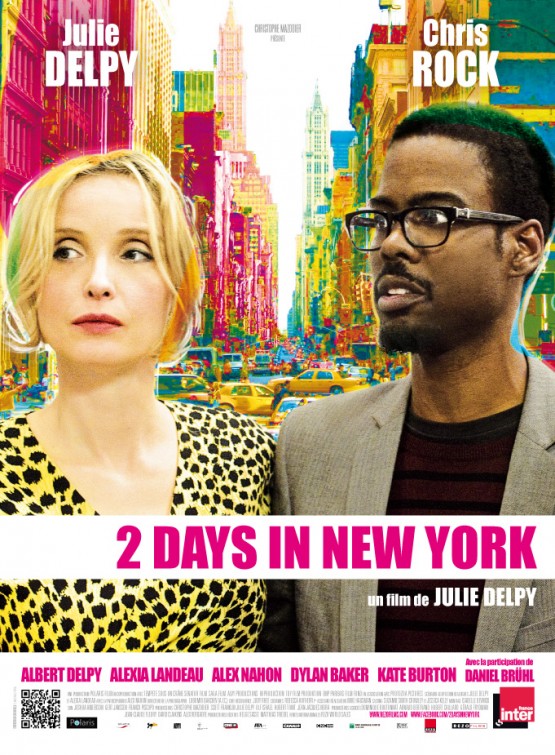Recently, I attended one of my favorite summer tasting events at Union Square Wines & Spirits – The Gin & Tonic Invitational!
While many of the gins were indeed served with tonic water, some were served on their own and a few even offered in different types of cocktails altogether.
Can you wrap your head around a brown-colored gin? That was the offering from Ransom this year with their Old Tom Gin. Aged in American Oak barrels that previously held Pinot Noir, this is something of a unique Old Tom Gin in the sense that they do not add sugar. Instead, the sweetness comes from the Pinot Noir that remains in the barrels in which it was aged. Traditionally, Old Tom Gin was made by adding sugar to kill the taste of the bad home – made bathtub gin done during Prohibition which necessitated an amateur distillation process.
It’s hard for me to remain completely objective about The New York Distilling Company, especially since they are located in my very own Brooklyn neighborhood. But they have a very unique gin that I wound up purchasing after the tasting – it’s called The Dorothy Parker American Gin. At 88 proof, it contains a total of eight botanicals, including Juniper Berries, Lemon Peel, Orange Peel, Coriander, Cardamom Pods, Sweet Cinnamon, Elderberries and Dried Hibiscus Petals; the Juniper is 12:1 to Elderberry and 26:1 to Hibiscus Petals. This combination of botanicals results in an unusually pungent gin that would go well in a Negroni.
Another Brooklyn-based gin manufacturer is a company called The Greenhook Ginsmiths, located a short distance north of my own neighborhood in that borough. Their name comes from Greenpoint, the area in Brooklyn where they are headquartered; the original Dutch name for that section was Greenhook, so that is how they came to name their company. Having only been around since February of this year, they have only two products on the market – one a gin (The American Dry Gin) and the other a gin-based liqueur (The Beach Plum).
Hayman’s is a London gin producing company I’m familiar with, having enjoyed their Old Tom Gin for quite some time now. They now have a new product on the market – in fact, it’s only been around for a couple of months. It’s called The Royal Dock Navy Strength Gin and is some mighty powerful stuff at 114 (or 57% alcohol, for those of you keeping score at home). Made with a total of nine botanicals, it has a distinctively sharp taste but a very subtle nose. The reason for the name comes from the high level of alcohol in the spirit.
Basically, the British government discouraged their sailors from drinking, but knew this would be an unrealistic goal to achieve. So instead, they set a requirement that whatever gin that was on board ship had to have an unusually high alcohol content. The reason for this was due to the fact that the gunpowder used to fire their cannonballs would sometimes get wet and as a result, would not ignite when the cannon’s fuse was lit; the Navy eventually determined that if a spirit was, at a minimum, 57% alcohol, then it would not have a deleterious impact on the gunpowder – it would still light, even when wet, and they would be able to shoot their cannonballs successfully.



















